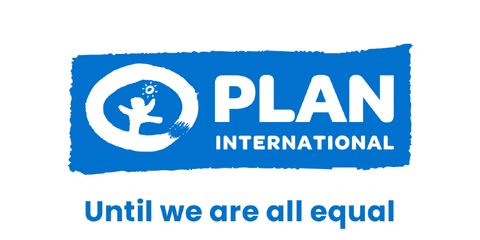The Rights of Children to Live Free from Violence
7 September 2018This paper provides Plan International’s position and global influencing priorities on the right to freedom from violence.
Every child and young person has the right to live a life free from any form of violence, and deserves to grow up in a safe, peaceful, nurturing and enabling environment where they can fully exercise their rights.
This paper provides Plan International’s position and global influencing priorities on the right to freedom from violence, as well as an analysis of:
- the current global situation;
- the legal and political framework;
- specific issues in relation to ending violence against children.
The analysis and positions in this paper are founded on human rights, global evidence, consultations with children and young people, and Plan International’s programmatic work.
Executive summary
This paper addresses the key issues around violence against children that concern Plan International, starting with the scale of the problem globally; outlining the human rights frameworks prohibiting violence against children; discussing the social norms that underpin violence, and the consequences of violence for children, communities, societies and economies.
The paper then discusses violence against children, and particularly girls, in the spaces in which they grow, play, learn and develop into young adults: the home and family, in schools, in the community and public spaces, in spaces where children are commercially exploited and abused, and violence online, finally looking at violence against children in humanitarian and emergency contexts.
Violence against girls is epidemic
Plan International chooses to focus on girls, and particularly adolescent girls (aged 10 to 18 years) as a distinct, exposed group who face heightened and specific risks of violence across the globe. Girls’ needs are too often marginalised within those of “all children” or “women and girls”. Plan International’s experience shows that when girls’ rights are grouped with children’s rights or women’s rights, their unique, specific vulnerability and lived inequalities resulting from being both children and female are overlooked, with serious consequences.
Evidence shows that girls everywhere face significant barriers to their human rights, simply because they are young and female. It also shows that gender-based violence is a manifest, egregious violation of girls’ human rights, and is widely considered a global health problem of epidemic proportions.
Download options
position paper (english)
1.98 mb
position paper (francais)
2.30 mb
position paper (espanol)
1.94 mb
position statement (english)
437.72 kb
position statement (francais)
471.58 kb
position statement (espanol)
461.05 kb
Categories: Protection from violence

